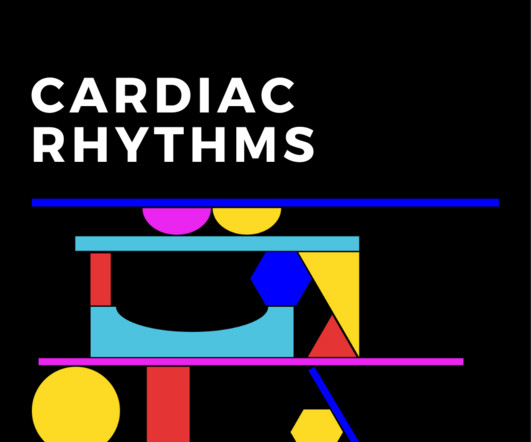SGEM#391: Is it Time for a Cool Change (Hypothermia After In-Hospital Cardiac Arrest)?
The Skeptics' Guide to EM
FEBRUARY 3, 2023
The nurses started CPR immediately and place pads before you even arrived. The patient is in ventricular fibrillation, and you achieve return of spontaneous circulation (ROSC) on the second shock. Since 2002, we have seen several larger trials that have raised questions about the value of hypothermia.











Let's personalize your content